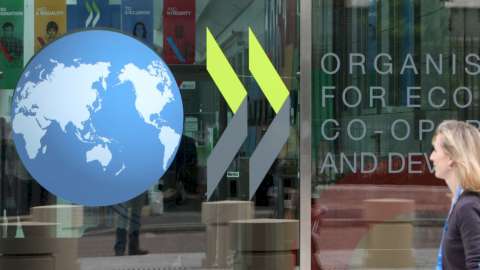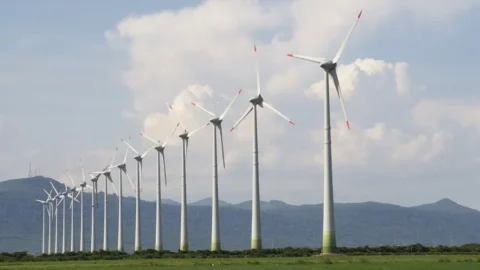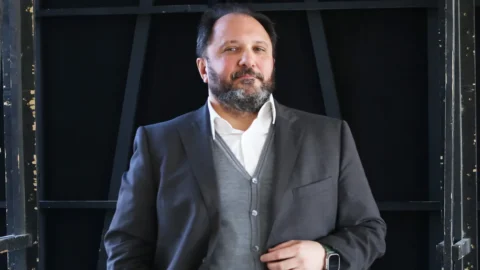The districts for green hydrogen make their entry into the decisions of the Meloni government. The first measure – foreseen by the PNRR- was adopted by the Ministry of the Environment and concerns the hydrogen valleys in brownfield sites. The resources amount to 500 million euros to be spent within the next three years. Net of the so-called flagship projects which are worth 50 million, the other 450 million go to Regions and Autonomous Provinces which will develop projects ad hoc.
It is important that the ceiling of available resources generates at least 10 projects with an overall production capacity between 10 and 50 Megawatts. The Ministry's decision came despite the fact that the European Commission has not yet defined exactly what is meant by green hydrogen. Not a secondary aspect, since the Commission itself has launched a European hydrogen project. The International Energy Agency recently solicited Italy to hurry. From a technical point of view, the source on which Italy relies is certainly green. Hydrogen is mainly produced through electrolysis which separates it from the water. In nature, in fact, it is never found alone, and its characteristics are very compatible with the environment.
The Regions responsible for the entire project
The decree of the Ministry of the Environment allocates the 450 million which by the first quarter of this year should lead to allaward of works and the subsequent opening of construction sites. More should be assigned by March 2 billion euros for the use of hydrogen in some industrial sectors to replace fossil sources.
There are many industrial areas capable of hosting new infrastructures in the Southern Regions. On some there are clear signs of deindustrialization from the 90s and 2000s. Creating the hydrogen valleys means converting now unused warehouses from top to bottom and restarting them with a fprivileged energy source.
The measure also grants funding for the use of thehydrogen in public transport. In this sense, the conversion of public transport is a very challenging goal for local authorities who will be the implementers of the projects. The government has assigned them responsibility for carrying out the interventions, monitoring and controlling all the operational phases, right from the publication of the tenders. Transparency and legality they must be insured to prevent ongoing projects from being an occasion for fraud or abuse.
The game - the government knows this - is also played on infrastructure construction times. Several times on the timing of the PNRR there has been the commitment of Prime Minister Giorgia Meloni to facilitate authorizations especially in the energy sector. The Italian system will reposition itself in the European context only if action is also taken on the future valleys skyrocketing production costs., where the hydrogen electrolysers and other necessary machinery are very expensive.





